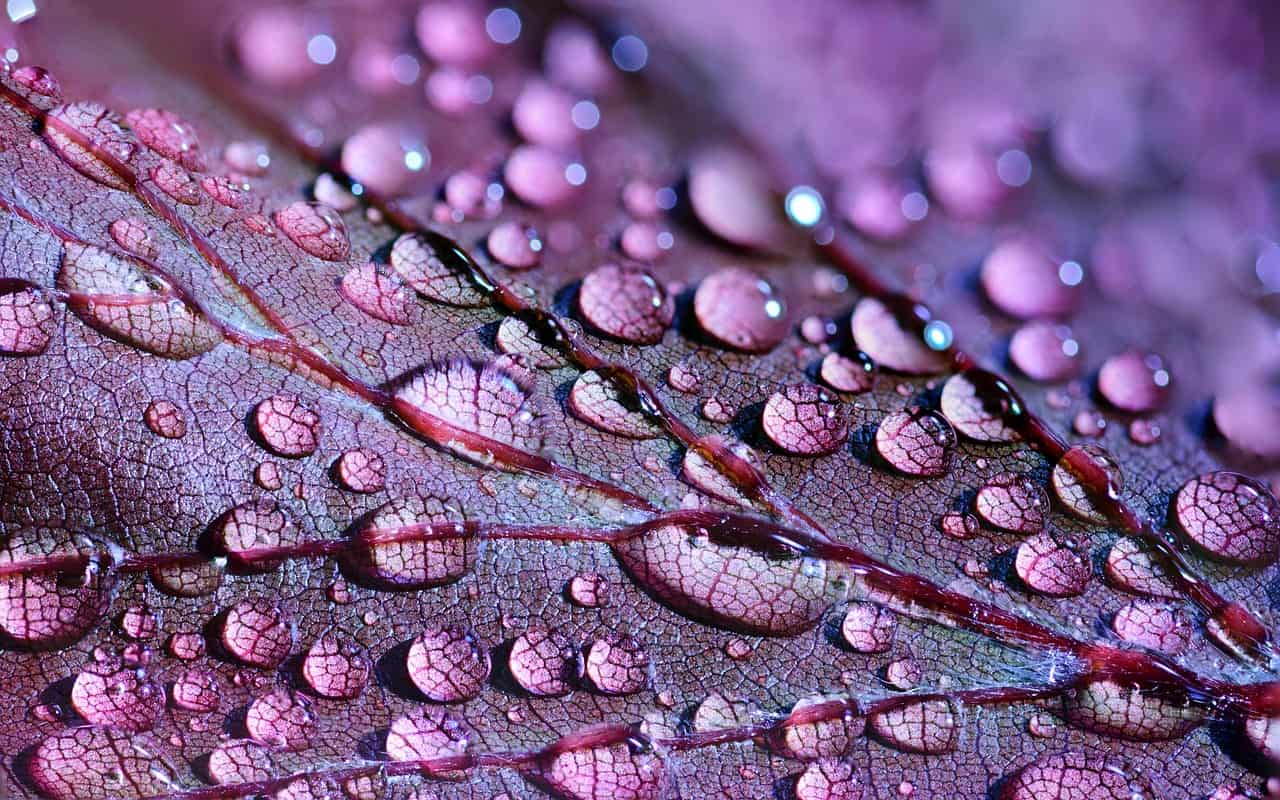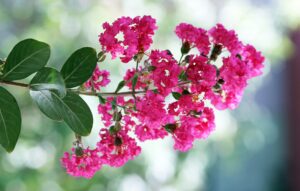If you’re looking to add a pop of color to your yard or garden, consider planting one of these ornamental trees or shrubs with purple leaves. From barberries to crabapples, there’s sure to be a plant that catches your eye. And the best part? These plants are not only beautiful, but they’re also easy to care for. So whether you’re a beginner gardener or a seasoned pro, you’ll be able to successfully grow one of these purple-leafed plants.
Barberries (Berberis thunbergii)
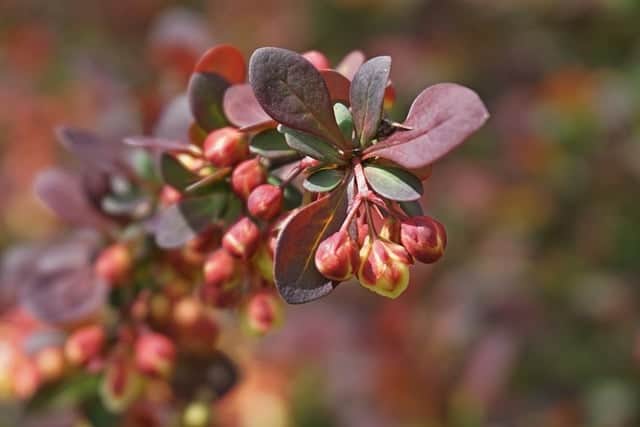
Barberries are a type of evergreen shrub that typically grows to between 3 and 4 feet tall. They have small, ovate leaves that range in color from deep purple to burgundy. Barberries are relatively easy to care for and are tolerant of a wide range of soil types and climates. However, they do require full sun in order to thrive. If you live in an area with hot summers, be sure to provide your barberry with ample water during the dry months.
Crabapples (Malus sp.)

Crabapples are a species of flowering tree that come in a wide range of sizes, from dwarf varieties that only grow to 6 feet tall to standard varieties that can reach 30 feet in height. They have simple, ovate leaves that are purplish-red in color and turn yellow or green in the fall. Crabapples require full sun and well-drained soil in order to thrive. They are also susceptible to fire blight, which is a bacterial disease that can spread quickly and kill the tree if left unchecked. Be sure to watch for any signs of this disease, such as blackened leaves or stems, and contact a professional if you suspect your crabapple tree has been infected.
Elderberries (Sambucus sp.)
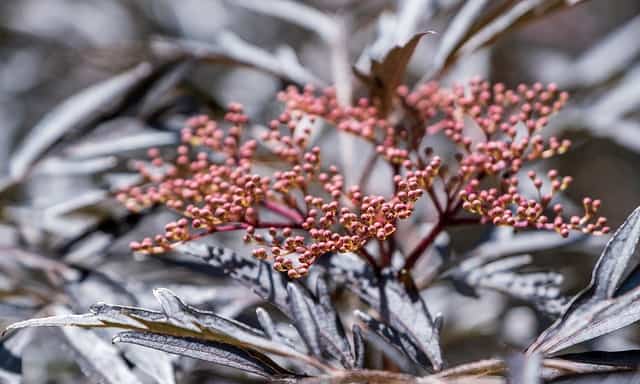
Elderberries are fast-growing shrubs or small trees that can reach up to 12 feet tall at maturity. They have oval or Lanceolate leaves that are dark purple or black in color. Elderberries prefer full sun but will tolerate partial shade. They are relatively drought tolerant once established but will need regular watering during their first few years of growth. These plants are also known for being very vigorous growers, so you may need to prune them back each year to keep them under control.
Japanese maples (Acer palmatum)
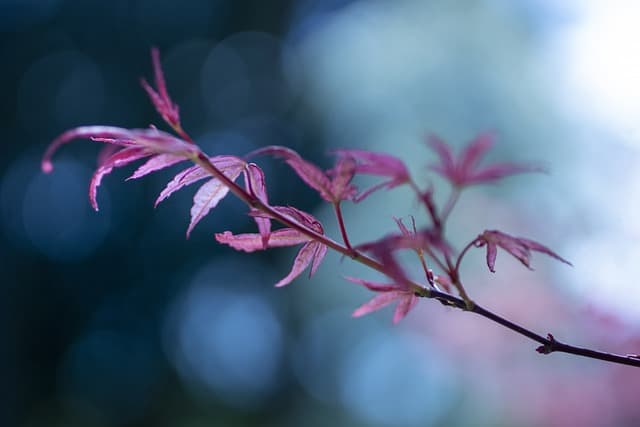
Japanese maples are small deciduous trees that are prized for their beautiful foliage. The leaves are often deeply lobed and can come in a wide range of colors, including shades of purple, red, and green. Japanese maples are relatively slow-growing trees, reaching a height of 15 feet at maturity. They do best in partial shade and moist, well-drained soil.
Purple Leaf Plum (Prunus cerasifera)
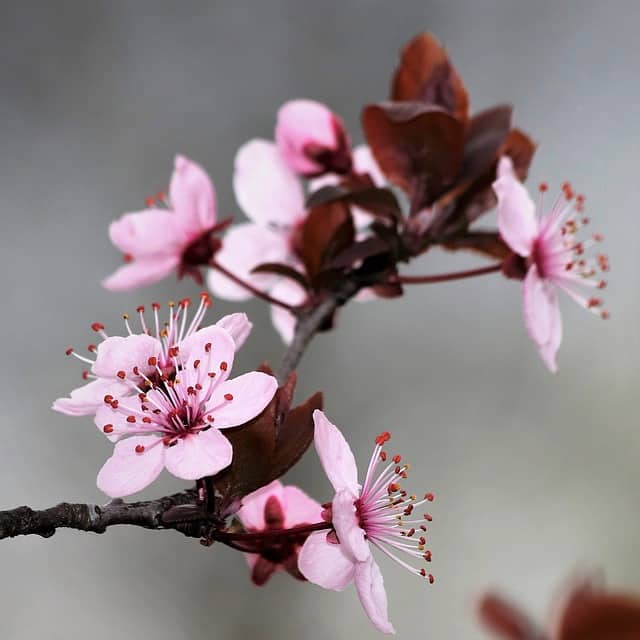
Also known as myrobalan plum or cherry plum, the purple leaf plum is a small deciduous tree that typically grows to a height of 20 feet. As its name suggests, it has beautiful deep purple leaves that turn crimson in the fall. In late spring, the tree produces fragrant white flowers that give way to small yellow or red fruits. Purple leaf plums do best in full sun and moist, well-drained soil.
Purple Leaf Sand Cherry (Prunus X cistena)
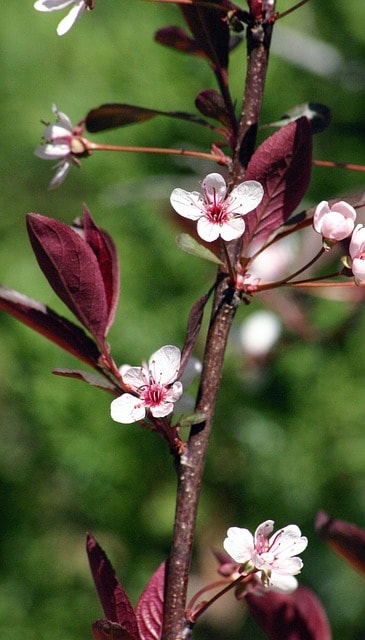
A hybrid of two other cherry species (Prunus cerasifera and Prunus fruticosa), the purple leaf sand cherry is a small deciduous shrub that typically grows to a height of 6-8 feet. The deep purple leaves provide stunning color throughout the growing season and turn crimson in the fall. In late spring, the shrub produces masses of white flowers that give way to small black fruits. Purple leaf sand cherries do best in full sun and well-drained soil.
Purple Ninebark (Physocarpus opulifolius)
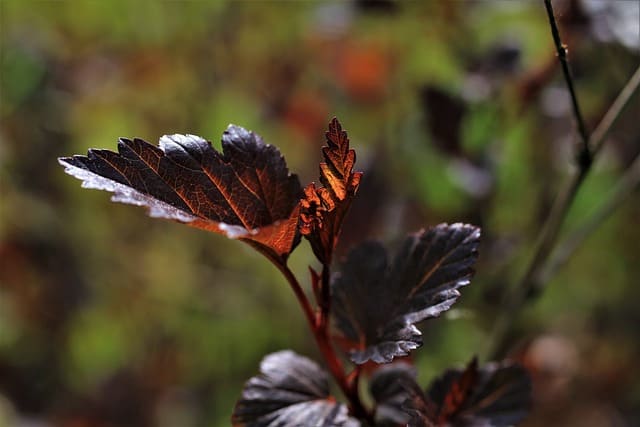
A member of the rose family, purple ninebark is a deciduous shrub that typically grows to a height of 10 feet. It gets its name from the bark which peels away in thin strips to reveal multiple layers of reddish-purple inner bark. The deep purple leaves provide color throughout the growing season and turn crimson in the fall. In late spring, the shrub produces clusters of white flowers that give way to small brown fruits. Purple ninebarks do best in full sun or partial shade and moist, well-drained soil.
Purple Smokebush (Cotinus coggygria)
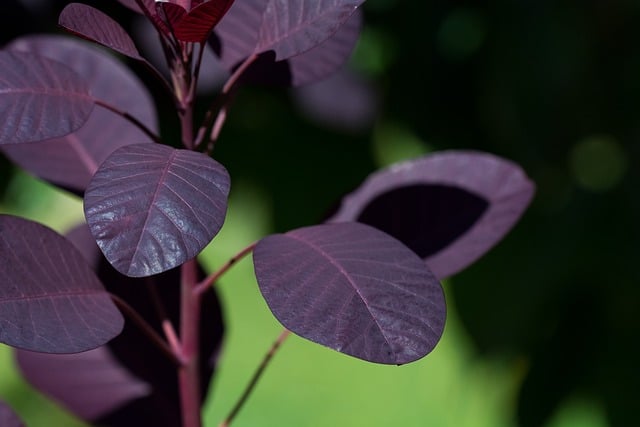
Also known as smoke tree or royal plume, Purple smokebush is a deciduous shrub that typically grows to a height of 10-15 feet. It gets its common name from the fluffy plumes of purple flowers that appear on the branches in late spring or early summer. These flowers eventually turn into small spherical fruits that mature from green to yellow to pinkish-red over the course of the summer. The deep purple leaves provide color throughout the growing season and turn crimson in the fall. Purple smokebushes do best in full sun or partial shade and moist, well-drained soil.
Copper Beech (Fagus sylvatica)
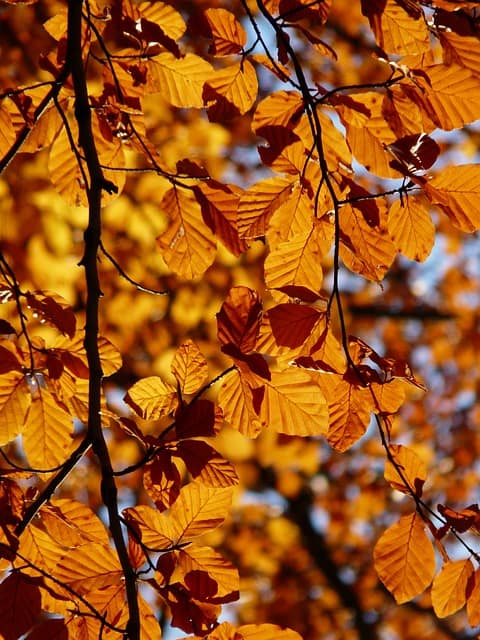
Copper beech is a type of deciduous tree that can grow up to 50 feet tall. It has oval-shaped leaves that are dark purple in color and turn reddish-brown in the fall. Copper beech prefers full sun but can tolerate partial shade. It is relatively drought tolerant once established, but will need regular watering during its first few years of growth. This tree is also susceptible to a number of diseases and pests, so be sure to regularly check it for any signs of damage.


